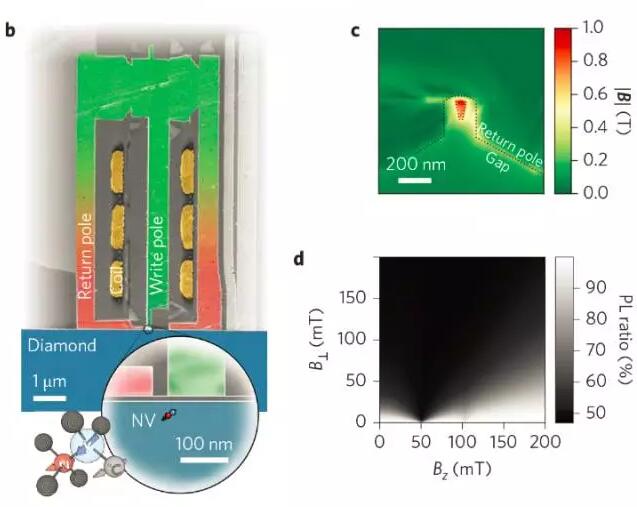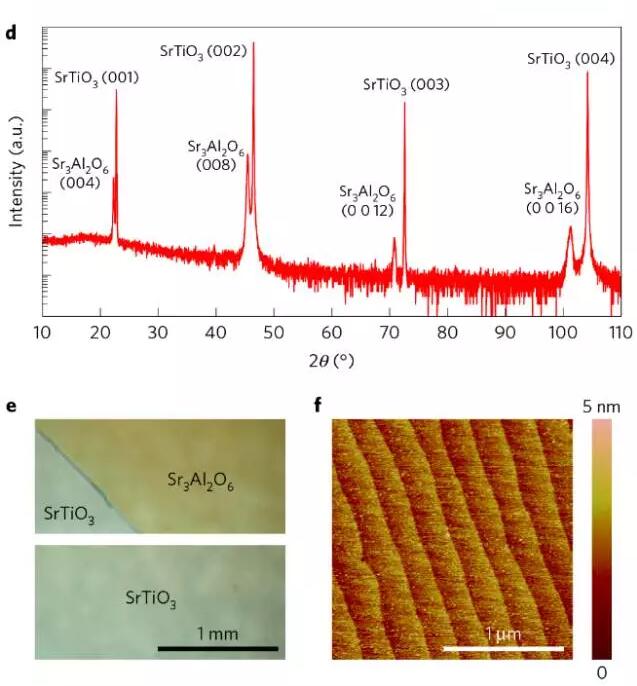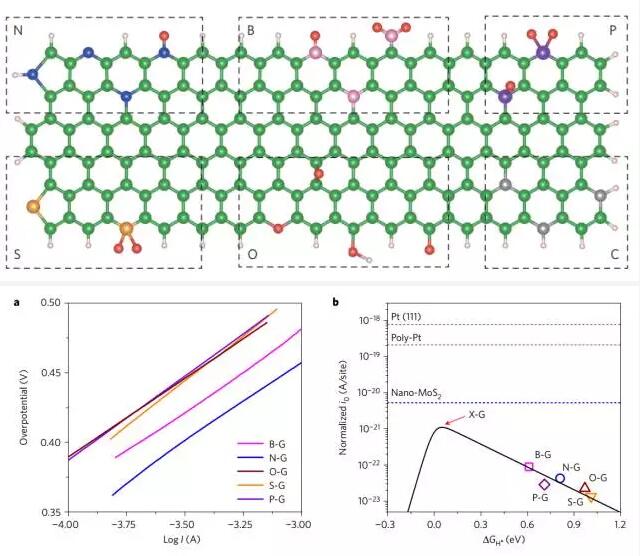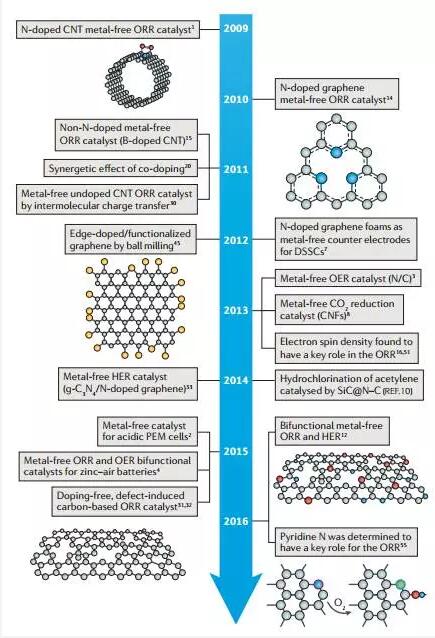Abstract 1. One-dimensional nanocrystals (1Dnanocrystalswithpreciselycontrolleddimensions,compositions,andarchitectures...
One-dimensional nanocrystal
(1Dnanocrystals with precisely controlled dimensions, compositions, andarchitectures)
The synthesis of one-dimensional nanocrystals with different spectral features presents an attractive prospect for exploring nanoscale- and shape-related properties. Pang et al. use a functional cup-like brush-like copolymer material with a regular structure and a narrow molecular weight distribution as a nanoreactor to precisely control the size and composition to produce a variety of pure nanorods, core-shell nanorods, and nanotubes. These cylindrical single-molecule nanoreactors provide a high degree of control over the size, shape, structure, surface chemistry, and properties of one-dimensional nanocrystals. Pang et al. also demonstrated the synthesis of metallic, ferroelectric, upconverted, semiconducting, and thermoelectric one-dimensional nanocrystals. (Science DOI: 10.1126/science.aad8279)
2. Measurement of broadband magnetic field using hybrid quantum registers on the nanoscale
(Measuringbroadband magnetic fields on the nanoscale using ahybrid quantum register)


The generation and manipulation of large gradient fast switching magnetic fields on the nanoscale is of great value for materials science and many applications. However, the characterization of magnetic fields in any direction of high bandwidth has not been achieved to date. Ingmar et al. used coherent control of single electron and nuclear spin to measure the magnetic field generated by a high spatial resolution and wide bandwidth hard disk drive. They can obtain a field distribution close to gigahertz by coherent spin rabbi oscillation. The accuracy of the magnetic field measurement is 1mT/nm. The quantized axial and image components of the static and dynamic magnetic fields are independent of their direction. The method proposed by Ingmar et al. paves the way for accurate measurement of the magnetic field of a nano-scale write head, which is important for the miniaturization of these devices in the future. (Nature Nanotechnology DOI: 10.1038/NNANO.2016.163)
3. Quantify the influence of molecular defects on the elasticity of polymer mesh
(Quantifyingthe impact of molecular defects on polymer network elasticity)
Elasticity is one of the most important properties of soft materials, but there are topological molecular defects in the polymer network, which makes their elasticity difficult to quantify. Moreover, the effect of these defects on the elasticity of the material is still unknown. Zhong et al. used rheology, decomposition spectroscopy and simulation to measure the shear modulus and recorded the number of topological “rings†of different types of defects in polymer hydrogels, and then used these data to evaluate elastic properties. Classical simulation and affine network theory. From this result, a true elastic network theory (RENT) describing how "ring" defects affect material elasticity is derived. Given the defect of the ring, the shear elastic modulus predicted by RENT is consistent with the experimental observation. (Science DOI: 10.1126/science.aag0184)
4. Synthesis of independent single crystal perovskite film and heterostructure by etching a sacrificial water-soluble layer
(Synthesisof freestanding single-crystal perovskite films and heterostructures by etching of sacrificial water-soluble layers)


The ability to synthesize and manipulate two-dimensional (2D) materials has had many transformative effects on science and technology. Contrasting with the stripped and stacked intrinsic layered crystals is the atomic-scale film growth of complex materials. This technique can also create artificial two-dimensional heterostructures with novel functions and emerging phenomena, such as perovskite heterostructures. However, separating these thin film layers from the growth substrate remains a challenge, which limits the manipulation of these heterostructures. Recently, Lu et al. proposed a simple method for making independent perovskite films. The key to this method is the epitaxial growth of water-soluble Sr3Al2O6 on the perovskite substrate, followed by in situ growth of the film and heterostructure. They can make monocrystalline films of millimeter size by etching the Sr3Al2O6 layer in water. This provides an opportunity to transfer to any other substrate and to the combination of semiconductors and layered compounds. (Nature Materials DOI: 10.1038/NMAT4749)
5. Catalytic activity origin and catalyst design
(Activity origin and catalyst designprinciples for electrocatalytic hydrogen evolution on heteroatom-doped graphene)

Hydrogen evolution plays an important role in the electrocatalytic process and plays an important role in the energy conversion of rehydrogenation hydrogen production. Catalysts for hydrogen evolution reactions are generally based on noble metals or transition metal dichalcogenides, while carbon-based non-metal electrocatalysts generally exhibit poor catalytic activity. Recently, the Qiao Shizhen team of the University of Adelaide in Australia reported a series of heterogeneous atom-doped graphene materials as catalysts for efficient electrocatalytic hydrogen evolution. They were combined with spectral characterization, electrochemical testing and density functional theory calculations to establish a catalytic hydrogen evolution activity trend and explore the origin of activity, which has improved the guiding principles for more effective catalysts. They predict that graphene-based catalysts obtained by rationally improving physicochemical properties are likely to exceed the performance of metal-based catalysts. (Nature Energy DOI: 10.1038/NENERGY.2016.130)
6. Carbon-based non-metal catalyst
(Carbon-based metal-freecatalysts)

Metals and metal oxides have been widely used as catalysts in the production of materials, clean energy generation and storage, and many other important industrial processes. However, metal-based catalysts are generally disadvantageous in that they are expensive, have low selectivity, are poor in durability, are prone to gas poisoning, and are not environmentally friendly. In 2009, a new class of carbon materials based on crust-rich elements was found to be highly efficient and inexpensive, and could be used as a substitute for precious metal Pt. Since then, carbon-based non-metallic catalysts have attracted a wide range of research interests and have made great progress. Recently, Dai et al. reviewed this rapidly evolving research area, including the molecular design of effective carbon-based non-metallic materials, with particular emphasis on heterogeneously doped carbon nanotubes and graphene. They also discussed the progress of carbon-based non-metallic catalysts in clean energy conversion and storage, environmental protection and important industrial production, and listed the key challenges and important opportunities in this research area. (Nature Reviews Materials, DOI: 10.1038/natrevmats.2016.64)
7. Multi-dimensional materials and device structures for future energy storage
(Multidimensional materials and device architectures for future hybrid energy storage)
Due to human dependence on countless portable electronic devices, electrical energy storage plays an important role in our daily lives. Moreover, the miniaturization of electronic devices, the integration of wireless devices into our homes and clothing, and the widely anticipated Internet of Things have prompted us to continue to develop miniature and storage-capable energy storage devices. Recently, Burce Dunn and Yury Gogotsi reviewed recent advances in electrical energy storage technology, listing ways to overcome current bottlenecks and the direction of future research. They believe that the next generation of electrical energy storage devices should be characterized by a hybrid device that combines the characteristics of a battery and an electrochemical capacitor. (Nature Communications DOI: 10.1038/ncomms12647)
8. Effective hydrogen evolution catalyst MoS2(1-x)Se2x
(Efficient hydrogen evolution by ternary molybdenum sulfoselenide particles on self-standing porous nickel diselenide foam)
With the consumption of a large amount of fossil energy and the environmental pollution it brings, there is an urgent need to find new ways to produce clean energy. Hydrogen is an ideal carrier for renewable energy sources, however, hydrogen production is inefficient due to the lack of a catalyst that is cheaper and more efficient than Pt. Zhou et al. recently reported a low-cost excess metal dichalcogenide with high catalytic activity and long life. The catalytic activity of this catalyst is close to that of commercial Pt catalysts, and is superior to most transition metal dichalcogenides. (eg, MoS2, CoSe2, etc.) They grow ternary MoS2(1-x)Se2x particles on foamed NiSe2, which facilitates regulation of catalytically active sites, porosity, and heteroatomic doping and conductivity. (Nature Communications DOI: 10.1038/ncomms12765)
This article is authorized by the new material online (micro signal: xincailiaozaixian), if other media need to reprint, please contact the new material online small series (micro signal) PVC Wall Panel
PVC wall panel,white pvc wall sheet,wall panel board pvc,plastic wall panel
ZHENHAO BUILDING MATERIALS CO.,LTD , https://www.zhpvctile.com









